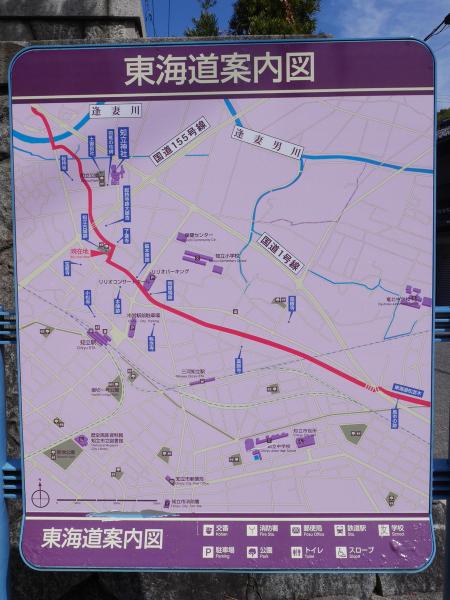- HOME
- Search in the site
- Chiryu-Juku(Chiryu City)
Chiryu-City Chiryu-Juku(Chiryu City)
The Tokaido Post Town of Chiryu-Juku
The 39th of the 53 post town stations along the Tokaido highway was Chiryu-Juku, in modern-day Aichi Prefecture’s Chiryu City. Chiryu- Juku was about 330 km, or around ten days travel time from the start of the Tokaido, in Edo’s (Tokyo’s) Nihonbashi district.
In 1604, the shogun, Tokugawa Ieyasu, ordered pine trees be planted every 4 to 7 meters apart along the Tokaido as shade from the elements for travelers. Many of those trees, around 70%, were destroyed in the great Ise Bay Typhoon of 1959, and so in 1970, 158 pine trees were replanted and now remain as a rare reminder of how the old Tokaido once looked.
The area around Chiryu-juku was famous in the Edo period for its annual horse market which continued well into the Showa Period (1926-1989). This Chiryu horse market is depicted in the Hiroshige woodblock print series showing the 53 scenes along the Tokaido.
Chiryu was also famed for its production of cotton, a specialty product, and today for the Heian period Muryoju-ji Temple along with the adjoining Yatsuhashi Kakitsubata iris water gardens, and for the tahoto pagoda at the Chiryu Jinja Shinto Shrine.
A suggested course through Chiryu starts at the ancient Muryoju-ji Temple and the Kakitsubata gardens, then via the rows of pine trees along the Tokaido to the site of the former inn reserved for samurai travelers and the ruins of Chiryu Castle, and finally to the Chiryu Shrine.






















 Keyword
Keyword





